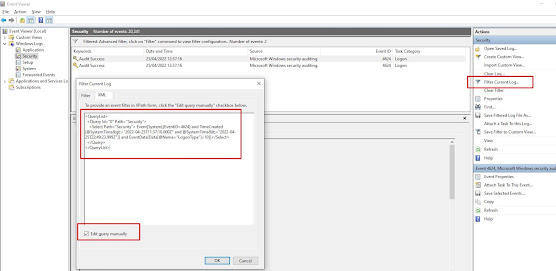http://www.asp.net/whitepapers/mvc4-release-notes#_Toc303253806
ASP.NET MVC 4 can be installed side by side with ASP.NET MVC 3 on the same computer, which gives you flexibility in choosing when to upgrade an ASP.NET MVC 3 application to ASP.NET MVC 4.
The simplest way to upgrade is to create a new ASP.NET MVC 4 project and copy all the views, controllers, code, and content files from the existing MVC 3 project to the new project and then to update the assembly references in the new project to match any non-MVC template included assembiles you are using. If you have made changes to the Web.config file in the MVC 3 project, you must also merge those changes into the Web.config file in the MVC 4 project.
To manually upgrade an existing ASP.NET MVC 3 application to version 4, do the following:
- In all Web.config files in the project (there is one in the root of the project, one in the Views folder, and one in the Views folder for each area in your project), replace every instance of the following text (note: System.Web.WebPages, Version=1.0.0.0 is not found in projects created with Visual Studio 2012):
System.Web.Mvc, Version=3.0.0.0
System.Web.WebPages, Version=1.0.0.0
System.Web.Helpers, Version=1.0.0.0
System.Web.WebPages.Razor, Version=1.0.0.0with the following corresponding text:
System.Web.Mvc, Version=4.0.0.0
System.Web.WebPages, Version=2.0.0.0
System.Web.Helpers, Version=2.0.0.0
System.Web.WebPages.Razor, Version=2.0.0.0 - In the root Web.config file, update the webPages:Version element to "2.0.0.0" and add a new PreserveLoginUrl key that has the value "true":
<appSettings>
<add key="webpages:Version" value="2.0.0.0" />
<add key="PreserveLoginUrl" value="true" />
</appSettings> - In Solution Explorer, right-click on the References and select Manage NuGet Packages. In the left pane, select Online\NuGet official package source, then update the following:
- ASP.NET MVC 4
- (Optional) jQuery, jQuery Validation and jQuery UI
- (Optional) Entity Framework
- (Optonal) Modernizr
- ASP.NET MVC 4
- In Solution Explorer, right-click the project name and then select Unload Project. Then right-click the name again and select EditProjectName.csproj.
- Locate the ProjectTypeGuids element and replace {E53F8FEA-EAE0-44A6-8774-FFD645390401} with {E3E379DF-F4C6-4180-9B81-6769533ABE47}.
- Save the changes, close the project (.csproj) file you were editing, right-click the project, and then select Reload Project.
- If the project references any third-party libraries that are compiled using previous versions of ASP.NET MVC, open the root Web.config file and add the following three bindingRedirect elements under the configuration section:
<configuration>
<!--... elements deleted for clarity ...-->
<runtime>
<assemblyBinding xmlns="urn:schemas-microsoft-com:asm.v1">
<dependentAssembly>
<assemblyIdentity name="System.Web.Helpers"
publicKeyToken="31bf3856ad364e35" />
<bindingRedirect oldVersion="1.0.0.0" newVersion="2.0.0.0"/>
</dependentAssembly>
<dependentAssembly>
<assemblyIdentity name="System.Web.Mvc"
publicKeyToken="31bf3856ad364e35" />
<bindingRedirect oldVersion="1.0.0.0-3.0.0.0" newVersion="4.0.0.0"/>
</dependentAssembly>
<dependentAssembly>
<assemblyIdentity name="System.Web.WebPages"
publicKeyToken="31bf3856ad364e35" />
<bindingRedirect oldVersion="1.0.0.0" newVersion="2.0.0.0"/>
</dependentAssembly>
</assemblyBinding>
</runtime>
</configuration>


No comments:
Post a Comment